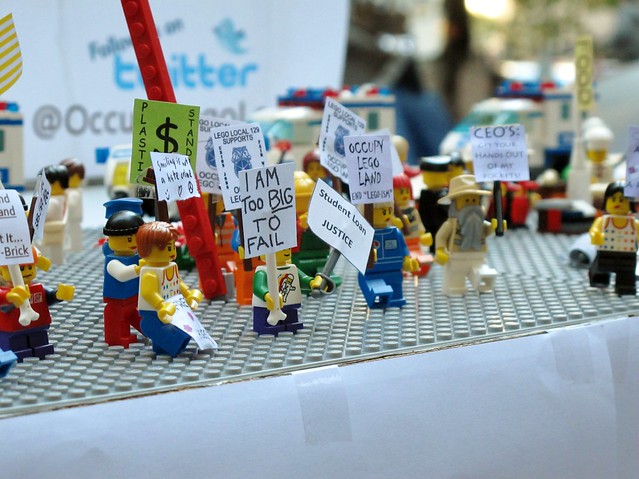Two pieces have piqued my interest today. Unrelated, but related. The first, from Overthinking It, questions whether video games, by their nature, inspire belief in a creator.
Now, I’ve given up on taking part in apologetics debates online, and mostly on the need to convince people of God’s existence using science and philosophy. It’s not that I don’t find the arguments convincing, it’s just that I think that the gospel is more than fancy logic, and people aren’t going to be argued into believing it (though such arguments might be part of conversion).
Anyway. This is interesting because it considers Christian apologetics from the perspective of a video gamer, who seems to be more interested in philosophy than religion.
Here’s a longish extract.
““It was incredible,” you say. “I mean, if anything had been just a little different – if those question blocks hadn’t been exactly where they were, or if there hadn’t been those Piranha Plants and that Propeller Cap inside but, let’s say, a Fire Flower instead, I’d never have been able to get those star coins! Everything was arranged so perfectly, so precisely. It really makes you think it was all put there on purpose, you know? Like it was designed.”
Luigi, ever the skeptic, replies: “But if things weren’t the way that they are, they’d just be some other way instead. Maybe in that case you’d be raving about how unlikely that was. Or you wouldn’t have known there was any star coin there at all and you would have just kept on going.”
The argument Mario and Luigi are having here is what’s known in philosophy as the Anthropic Principle. In one certain formulation, the Anthropic Principle puts forth the idea that the laws of the universe and the particular circumstances of our place in it seem so precisely modeled to bring about the necessary conditions for intelligent life – so fine-tuned that if any one element had been just a little different it would be impossible for human beings to exist – that it indicates a Creator who intentionally made things this way in order to bring us about in the way that we are. Basically, it’s an argument for the existence of God. That’s what Mario is proposing and it’s often referred to as the Strong Anthropic Principle. Luigi’s point is that the appearance of design is no proof of design, because if things were different enough that we couldn’t exist to observe them, we wouldn’t be around to notice. So we don’t exist “on purpose,” but since the universe happens to be the way that it is, it just happens to be possible that we exist too.”
The article goes in pretty interesting directions after that. It’s worth reading.
The second article was from a Christian gamer, writing at Christ and Pop Culture, reflecting on the Skyrim experience, and the treatment of “theology” present in the latest, greatest, RPG.
“As I was exploring Skyrim, I was attacked by a band of cultists dedicated to the god “Boethiah.” Upon defeating them, I learned of the location of their cult and out of curiousity, decided to go investigate it. When I found the priestess of Boethiah, I learned that the cultists had been luring innocent people to their shrine and killing them in worship of their god.
There was no option to report the cult to the governing authorities, so I decided it was time to bring some vigilante justice to these murderers. I carefully planned out each of my attacks and took out each of the 6 cultists who were stationed near the shrine. Just as I took down the last one and was beginning to feel as though I had done something good to protect the innocent citizens of Skyrim, my screen blurred and I heard a voice from the heavens shouting, ”WHY HAVE YOU KILLED MY SERVANTS!”
It was disturbing to say the least. In a moment, a god, who in my mind only existed as a cultural artifact, came to life. I couldn’t have a detached relationship to Boethia because in the world of Skyrim, he actually exists and I found myself face to face with him.”
Fun stuff. But ignore all this, because video games are stupid (at least according to some).














